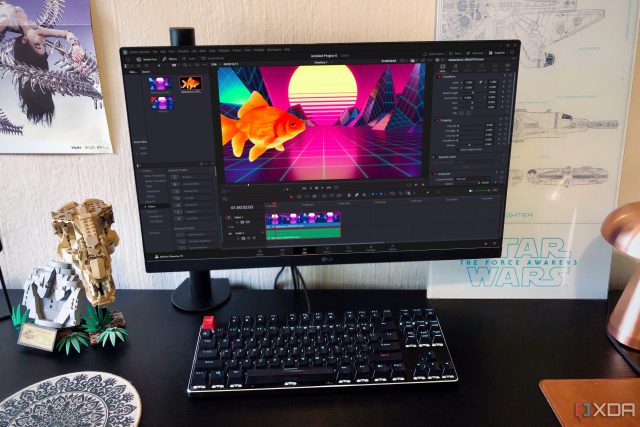I used to swear by After Effects and believed that there simply wasn’t another tool that could do what it does. This belief was reinforced by using familiar plugins, already being in the Adobe ecosystem, and just muscle memory. At the time, I only used DaVinci Resolve for color grading work. But when I realized how powerful Resolve was, I started using it for other editing tasks, and eventually tinkered with the Fusion page.
What surprised me the most was that DaVinci Resolve’s Fusion page wasn’t just an After Effects alternative; it was actually better at handling some tasks thanks to its node-based workflow. Plus, its other tabs, such as Color and Edit, are a great way to get everything done in one place. Here’s why I decided to make the switch…
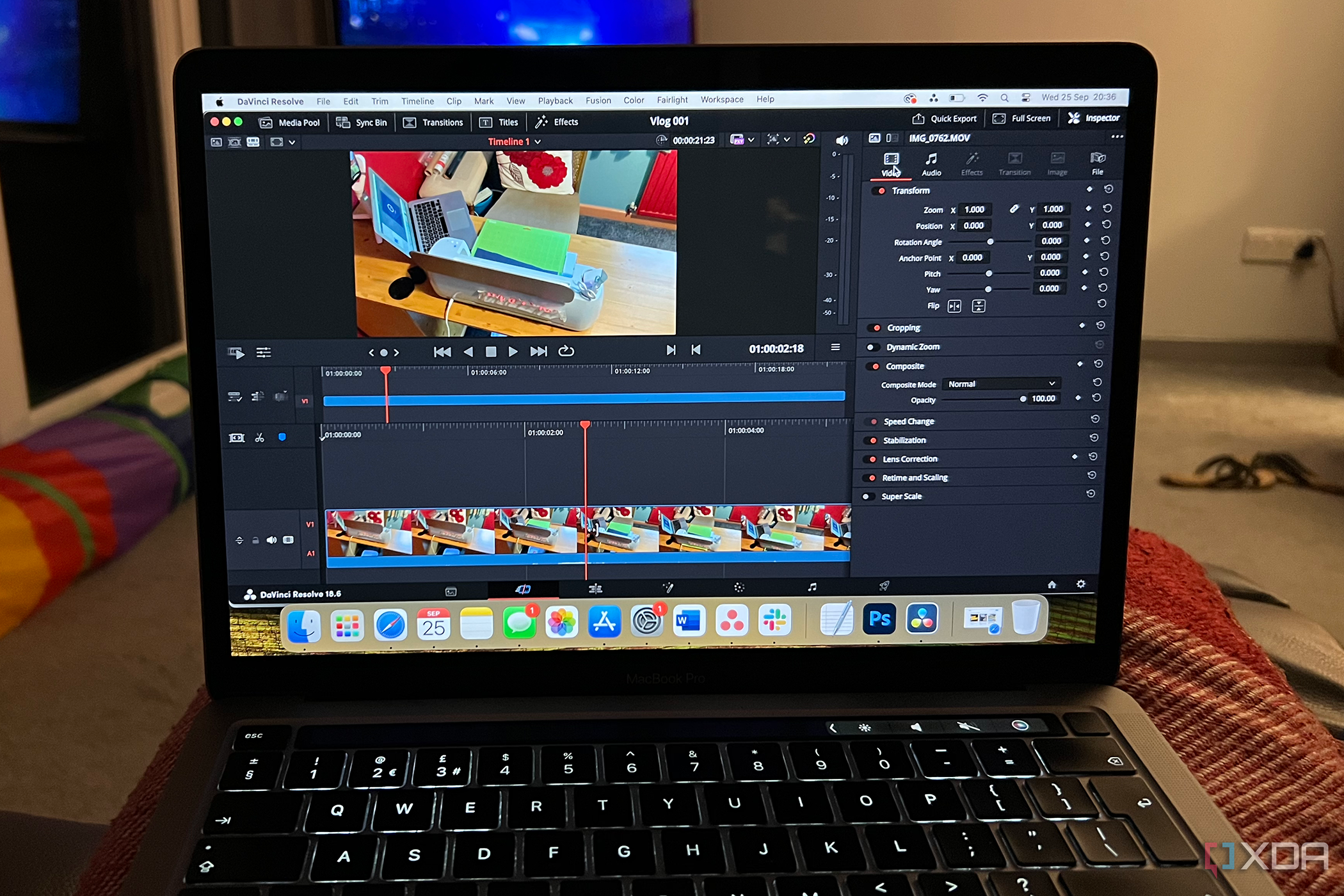
Related
12 DaVinci Resolve settings to change for faster editing
Fine-tune these settings to supercharge your edits
5
Fusion is built-in
No need to hop between apps
One of the biggest perks of using DaVinci Resolve is that everything is stored in one app. Want to edit your project on a timeline? The Edit tab is designed for that. Need to color grade? Just hop over to the Color tab. And for motion graphics, the Fusion tab will be your new best friend.
I rarely used After Effects on its own. I’d need to go back and forth between other video editing apps based on what each one specializes in, in addition to using Adobe Media Encoder. This is a lot to keep track of.
Resolve is a full-blown post-production powerhouse; it’s like you have your own studio where all your tools are in one room. After Effects can’t beat this convenience, especially since I mainly work on my own and most of my projects aren’t team-based.
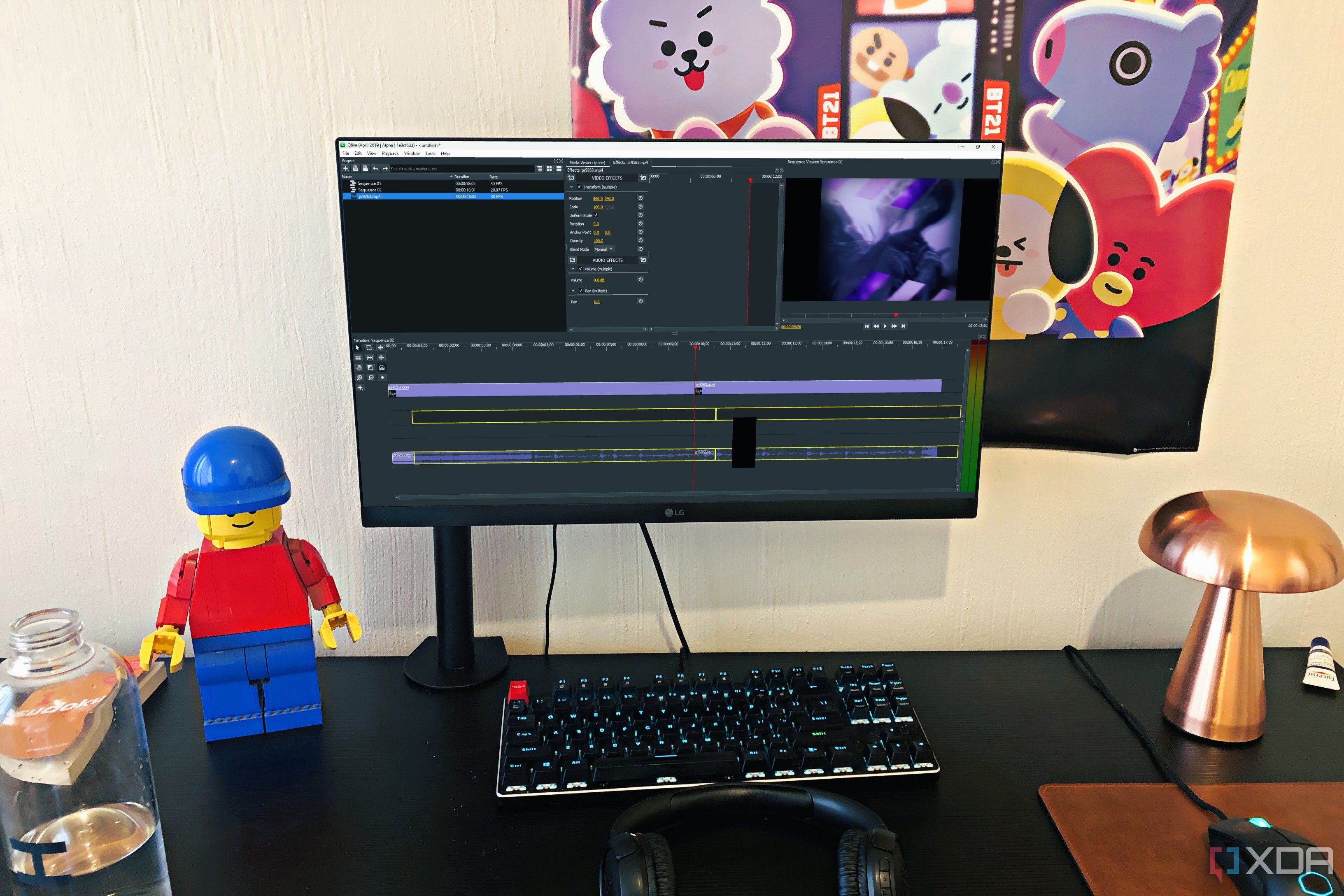
Related
6 free alternatives to Adobe After Effects for motion graphics and VFX
You don’t need After Effects for great animations
4
Node-based editing
A more hands-on approach to motion graphics
After Effects uses lots of layers and pre-comps; it’s like Inception but with timelines. This can become an issue when you’re six pre-comps deep and trying to figure out why your animation isn’t rendering properly.
Resolve’s Fusion uses a node-based workflow, which sounded intimidating at first, but is actually a lifesaver. Think of nodes like Lego blocks — each one has its own properties, and you can stack and connect them however you want. If I want to blur something after a color adjustment but before adding a glow, I can just drop it in at that exact spot.
It’s visual, modular, and makes way more sense once you get the hang of it. You can simulate node-based editing in After Effects with extensions, but I can’t be bothered.

Related
7 best DaVinci Resolve plugins to supercharge your video editing
With plenty of plugins on the market, you’ll find great options to supercharge your video editing in DaVinci Resolve
3
No subscriptions
And the upgrade is a once-off payment
We’re all familiar with Adobe’s subscription model. It can get a bit predatory with its cancellation fees, which are written in the smallest print possible when you sign up. And continuous subscription costs are inconvenient, no matter what the software is.
Resolve’s business model is refreshingly simple. There is the free version, which is what I’m using. But you can also upgrade to get pro features — it’s a one-time payment for Resolve Studio. That’s it. No monthly charges and no cancellation penalties. This is beyond reassuring, should I want to access pro features in the future, I’ll just pay for them once.
Overall, Resolve is the perfect alternative to paid software that often charges a subscription.
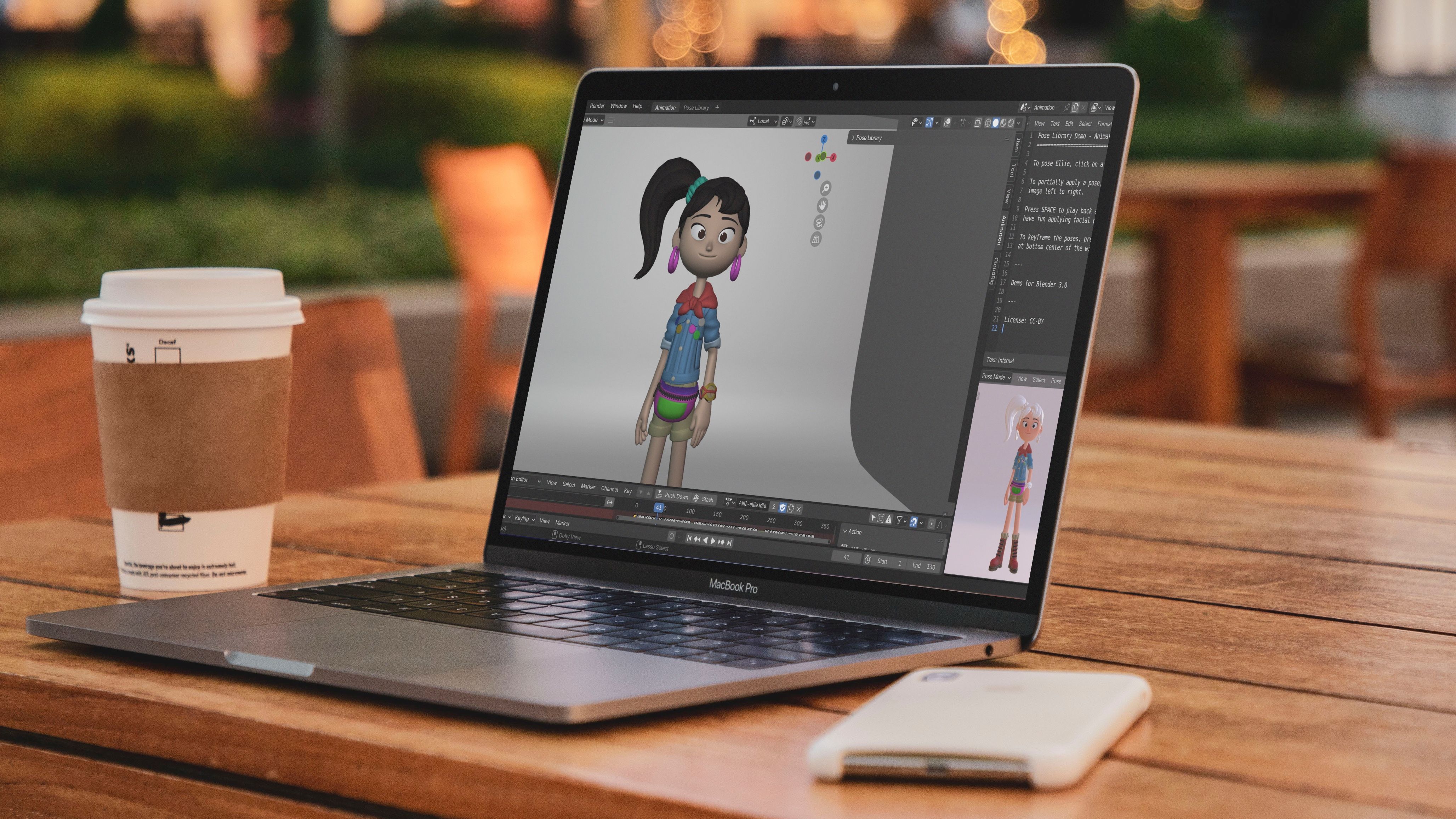
Related
I don’t pay for Adobe After Effects, here is what I use instead
My go-to for creating stunning visuals
2
It has Fairlight
A built-in audio editor
After Effects offers some basic audio editing functionality; you can cut, trim, and adjust the audio levels of a clip, but not much beyond that. DaVinci Resolve includes a full-blown audio editing system called Fairlight.
Audio isn’t necessarily my top priority when editing motion graphics, but it’s very useful to have an audio editor built into the software for adding the finishing touches to my project. I don’t have to hop over to Audition or Audacity or any other audio-specific program.
Fairlight is beyond impressive — it supports up to 1000 tracks, has a 6-band parametric EQ and dynamic processing, waveform editing, pan and pitch controls, a professional mixer, and built-in effects. It offers more than some standalone audio editing programs.
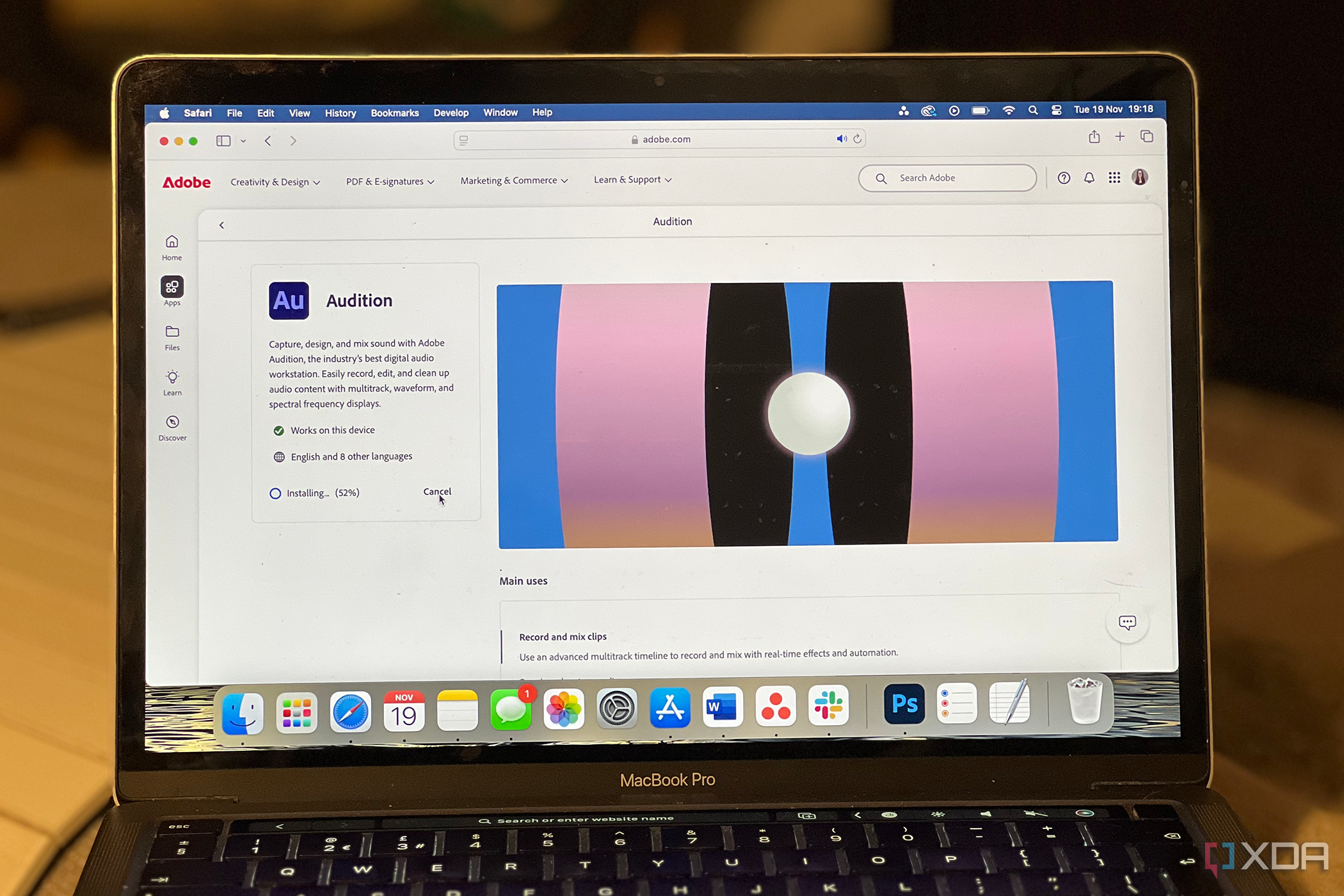
Related
Adobe Audition is dead: Here are 11 creative alternatives
Adobe Audition isn’t the only audio editing software available, there are plenty of choices for all levels of skill and experience
1
A real 3D space
Not just 3D layers
After Effects has a 3D workspace, sort of, you can move layers in Z-space, add cameras and lights, but it still feels a bit like pretending. Fusion gives you real 3D tools; you can work with actual 3D geometry, materials, lighting, and cameras. And it plays nicely with 3D imports too.
Sure, it’s not Blender, but neither is After Effects. Fusion’s 3D system is just more robust than After Effects’ in my opinion.

Related
After 10 years of only using Adobe Premiere Pro I tried these 5 video editors – here’s what I think
I never would have used Adobe Premiere Pro for this long if I’d known about these alternatives
DaVinci is a better all-rounder for editing motion graphics
Both Resolve and AE are powerful, and they each shine in different ways — but DaVinci Resolve just shines in more ways. It works better for the type of work I like to do, and it has all the gear I need without forcing me to hop to another program. And the biggest perk is that I get all of it for free.


